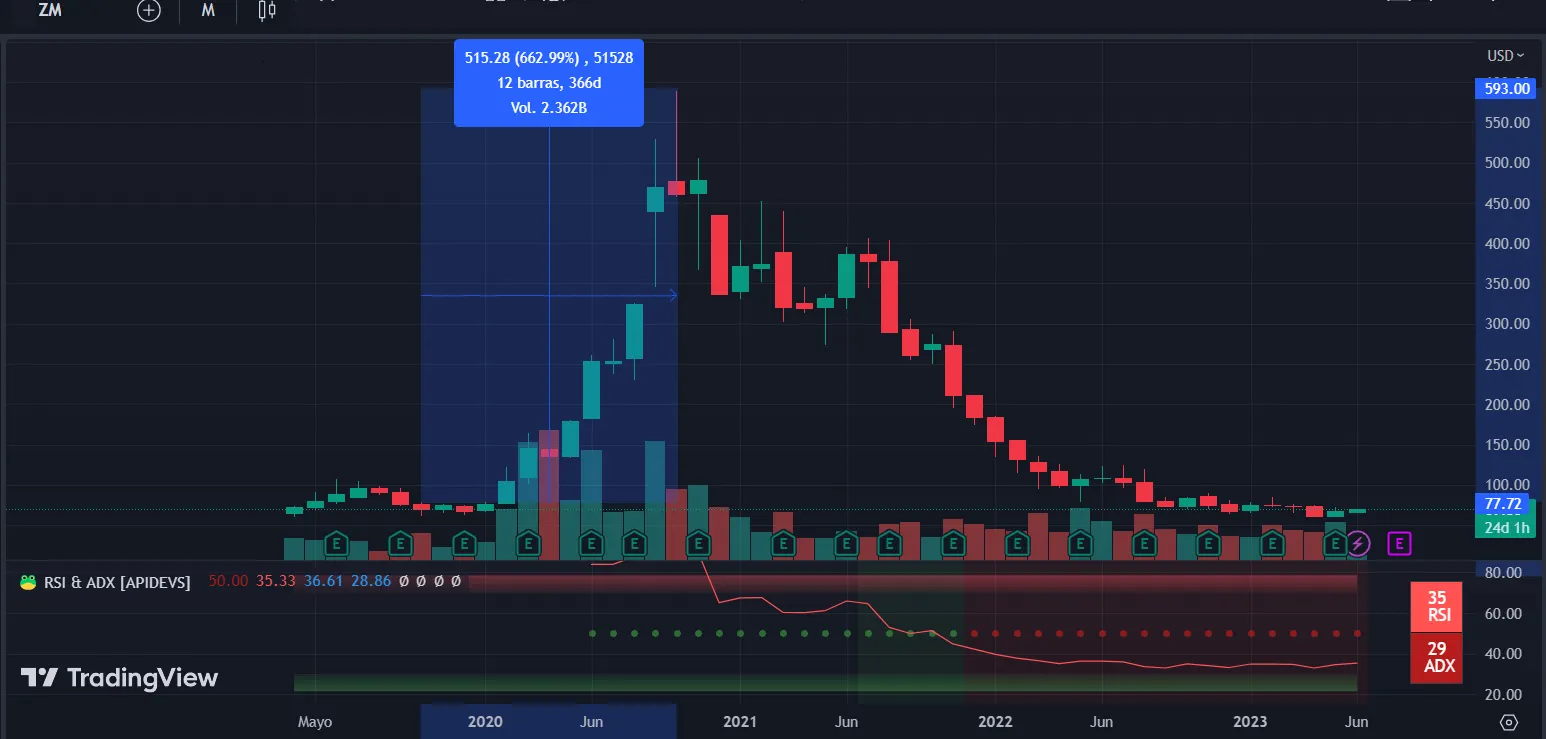The videoconference app provider Zoom has entered the arena of artificial intelligence with the recent unveiling of Zoom IQ, a suite of features designed to streamline virtual collaboration through the use of generative AI.
These capabilities, which include Meeting Summary and Team Chat Compose, incorporate technology from OpenAI and Anthropic to allow users to rapidly summarize meetings and draft content, eliminating the need for consulting recording or investing in subsequent analysis of videoconferences to pull out information or action items.
"With this flexibility to incorporate multiple types of models, our goal is to provide the most value for our customers’ diverse needs," the company wrote on its blog. "These models are also customizable, so they can be tuned to a given company’s vocabulary and scenarios for better performance."
Zoom today outlined the other ways AI contributes to its products, including virtual backgrounds and avatars, background noise suppression, high-definition audio, speech recognition, and live transcriptions and translations.
The company's latest summary and chat offerings, however, enter an increasingly congested marketplace. AI-driven productivity tools are far from a novelty in the tech world, with numerous platforms developing and refining similar features. Notion, for instance, introduced "Notion AI" to optimize workflow, including text summarization, and Otter.AI has made a name for itself by transcribing and summarizing recordings.
Another platform, Opus, adopts a slightly different approach: it extracts key sections from larger videos and converts them into compact social media posts, accompanied by transcriptions of dialogue.
Additionally, solutions like Vowel, Fathom, and Fireflies harness the power of AI technology to summarize meetings or analyze voice conversations. Vowel uses its technology to deliver meeting summaries, while Fathom provides recording, transcription, and summarization services, and Firefly specializes in the analysis of voice conversations.
What makes Zoom different? The company is emphasizing its real-time analysis.
Unlike other tools, Zoom isn't recapping recorded content or analyzing drafted content in Zoom Team Chat—it's processing live data.
And Zoom says its development roadmap features a new set of generative AI-powered capabilities, including drafting email content, summarizing Team Chat threads, organizing ideas, and drafting whiteboard content.
While the competition in the AI-assisted productivity space is fierce, Zoom has a built-in edge due to its widespread popularity. Zoom has become the reference for videoconference and remote working, after rocketing to prominence during the COVID-19 pandemic, growing 600% between 2019 and 2020.

As the pandemic faded, however, Zoom's stock price crashed from almost $600 in october of 2020 to less than $70 today.
The world today is vastly different from what it was in 2019, and Zoom's success will hinge on how effectively it meets user needs and compares with a broad range of alternatives. AI may be the saving grace that restores Zoom to its former glory—but nearly every tech company is placing the same bet.

